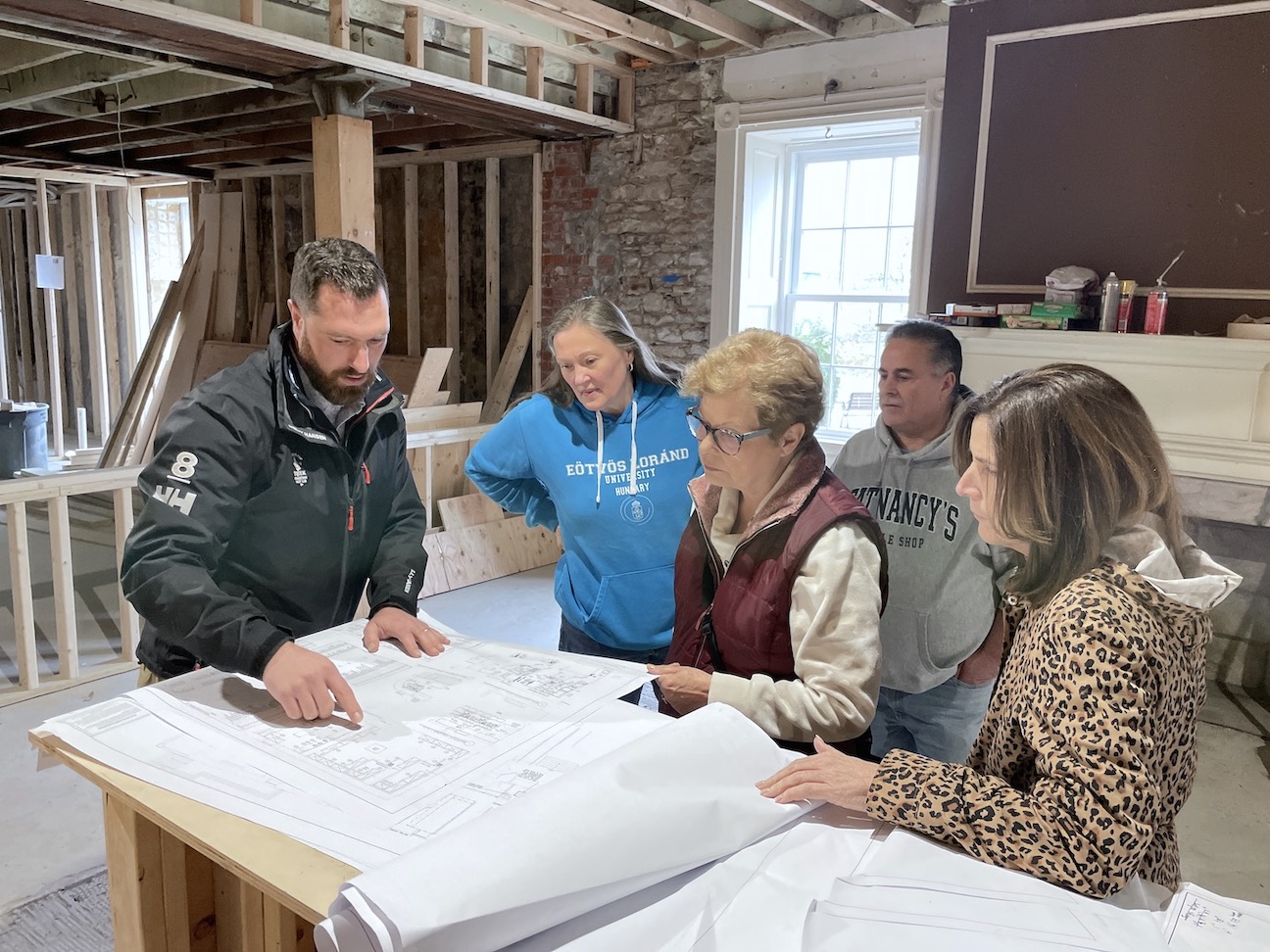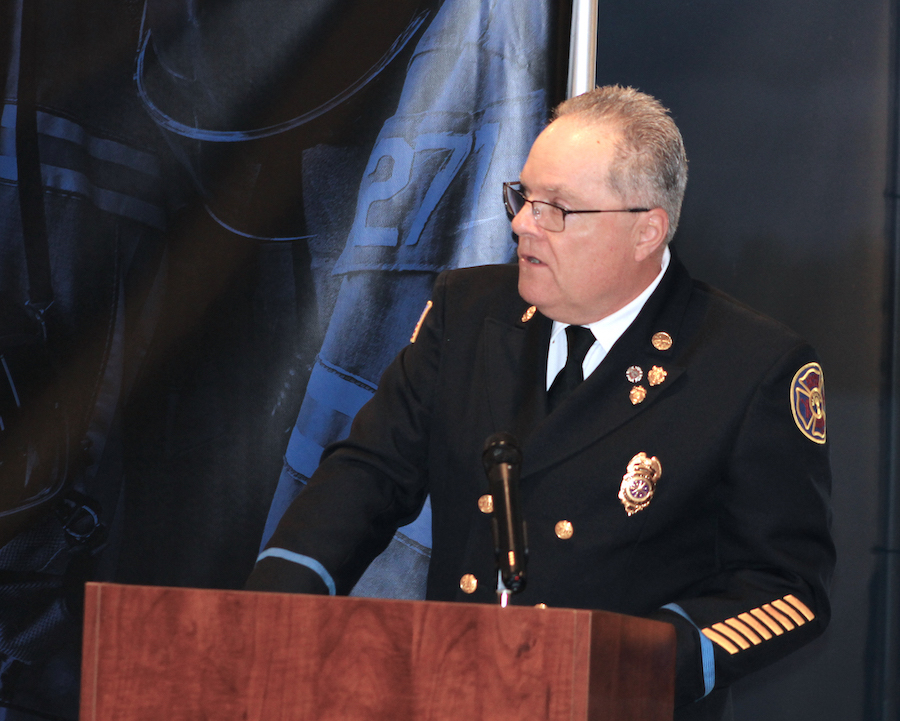Featured News - Current News - Archived News - News Categories
Niagara University formally unveiled its new nursing simulation center during a blessing and dedication ceremony that was held Saturday, Oct. 10.
The state-of-the-art, $1.5 million facility, located in Dunleavy Hall, will provide "hands-on" opportunities for students to manage patient encounters and skills in a risk-free, virtual reality environment, while supporting traditional classroom learning and clinical practice experiences.
The center will also offer opportunities for inter-professional experiential learning. Students will gain a greater understanding of patient assessment and care and become adept at responding to complex situations in a timely manner with competency and confidence.
By focusing on innovation in education, funded research and community partnerships, the simulation center is another way Niagara is positioning its School of Nursing for future growth, noted the Rev. James J. Maher, C.M., Niagara president.
After thanking Niagara University alumni and friends for their generous support of the project, Maher also explained how the nursing simulation center ties into the university's Vincentian mission.
"Today is a new beginning and the gift and the legacy that you and I impart is one in which we create a future for our young people to graduate from this program to live lives of impact for those in need," Maher said. "A Vincentian education seeks to transform young people through the academic learning process to become the leaders of the future. We use the vehicles of teaching, research and service to propose solutions to the complex problems associated with poverty. Nurses are people who, in the words of Pope Francis, seek to live in God's compassionate mercy each and every day."
Included among the center's numerous technological upgrades is a "Sim ManEssential Bleeding," the type of computerized manikin that is used for scenario-based simulations at the leading medical schools across the country. A computer software system allows professors to adjust the manikin's heart rate and rhythm as its chest rises and falls. The manikin even blinks, talks and bleeds.
The center also features the same electronic medical dispensing system that is used in hospitals, called a Pyxis MedStation. Niagara students are now able to learn how to operate the system while using fake medications during their training.
A connected conference room within the simulation center allows students and faculty members to watch procedures in real time, adding another element of learning that wasn't previously available. It will help students develop their critical thinking and practice making decisions through a simulated scenario a nurse could face on the job.
"Our vision for the Sim Center is that students will begin utilizing it by the second semester of their freshman year. Our model for operating it is still evolving, but we want all of our students to be exposed to the practical situations it presents as early as possible," said Frances S. Crosby, Ed.D., director of Niagara's School of Nursing, and Class of 1967.
"Eventually, students will have a Sim Lab requirement attached to their courses. This will not replace clinic time; rather, it will support what's being learned in the classroom," Crosby added.
The dedication portion of the public event was held outside of Dunleavy Hall before proceeding indoors for the ribbon cutting. Following the ribbon-cutting, the facility was blessed by Maher, the Rev. Joseph L. Levesque, C.M., president emeritus, and the Rev. Kevin G. Creagh, C.M., vice president for mission and ministry.
NU nursing students then offered demonstrations that showcased the simulation center's capabilities.
"Our simulation lab will help us to develop critical-thinking skills as well as allowing us to become more comfortable in the clinical setting," noted senior nursing major Rosinna Zagari. "On behalf of the student body, thank you so much to the alumni, friends and organizations that helped support this incredible project."
To learn more about nursing at Niagara University, visit www.niagara.edu.





























